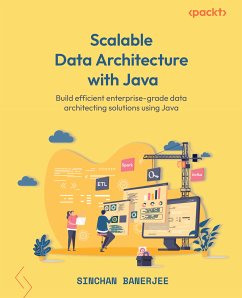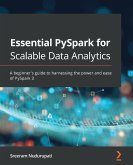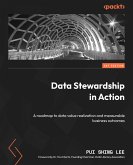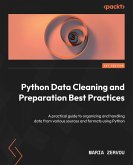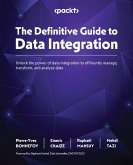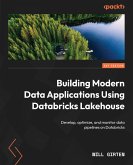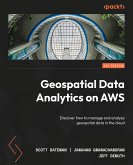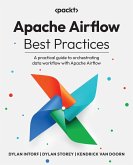This book will help you make the most of the architecting data solutions available with clear and actionable advice from an expert.
You'll start with an overview of data architecture, exploring responsibilities of a Java data architect, and learning about various data formats, data storage, databases, and data application platforms as well as how to choose them. Next, you'll understand how to architect a batch and real-time data processing pipeline. You'll also get to grips with the various Java data processing patterns, before progressing to data security and governance. The later chapters will show you how to publish Data as a Service and how you can architect it. Finally, you'll focus on how to evaluate and recommend an architecture by developing performance benchmarks, estimations, and various decision metrics.
By the end of this book, you'll be able to successfully orchestrate data architecture solutions using Java and related technologies as well as to evaluate and present the most suitable solution to your clients.
Dieser Download kann aus rechtlichen Gründen nur mit Rechnungsadresse in A, B, BG, CY, CZ, D, DK, EW, E, FIN, F, GR, H, IRL, I, LT, L, LR, M, NL, PL, P, R, S, SLO, SK ausgeliefert werden.

